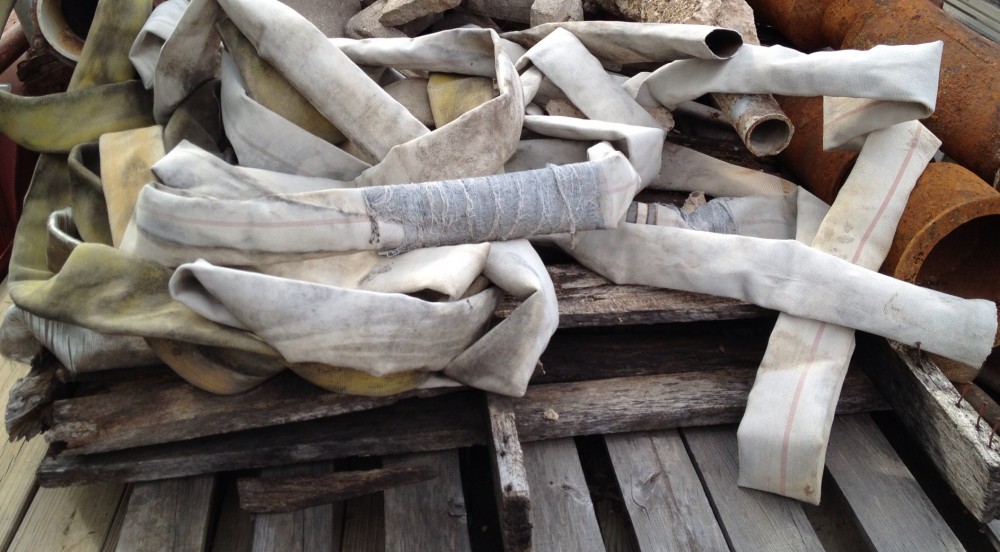Fall is in the air.
Saturday, September 22, 2012, is the autumnal equinox, the start of what we call the season of fall or autumn.
In the Northern Hemisphere, autumn marks the transition from summer to winter, from hot then warm weather to cooler and cold weather. Get that long underwear out and ready, the cold winds they’ll be a blowin’. “It’s cold out their today, Campers,” to combine and steal a line from the movie “Groundhog’s Day,” when that clock stuck on that same day for ever and ever — a great movie, if confusing, but back to autumn and fall and their own origins and confusions.
The word “autumn” derives from the Latin “autumnus,” but the origins of this Latin term are not clear. Some scholars suggest the original Latin derived from terms meaning dry or even reddish, indicating the color of the leaves during this period, perhaps as observed by the original Etruscans, who would probably know but are a long way back to ask. For us, it is the harvest time of year, a dry time when reds, browns, oranges and yellows tint the leaves and fields in a palette of colors.
Before the 16th century, most people worked or were close to the land and referred to the season simply as “harvest,” as that word was pronounced in the particular vernacular of their countryside. “Frank, take that straw our of your mouth and get back to work on the harvest.” It’s what people did that time of year and depended on for the rest. So the season became the name of the primary activity that was being, or was supposed to be being, conducted, harvest.
As folks moved off the open land to live in the growing towns, they learned their letters and took up other pursuits. To their more refined manners and activities, the agrarian reference to harvest in the local language became old-fashioned and unsophisticated. In time, harvest was replaced by the broader and more recognized autumn and by the more descriptive and colorful fall.
In the England of the 1600’s, the use of the term “fall” apparently derived from a contraction of the Middle English expressions “fall (dropping) of the leaf” and “fall (declining) of the year.” It was a bit of seasonal penmanship to write into four simple letters (fall) what is seen in the leaves dropping and observed in the year’s ending and the daylight diminishing. So fall it was, or autumn if you preferred.
Some preferred to leave and migrate to the Americas. When they did, they took with them in their fall from grace back home the more homey and comforting term fall for their season in the new land. Overtime, fall became obsolete in Britain and the more common reference over here in the United States.
Harvest, Autumn, Fall — whatever the name, it is a wonderful time of the year. To watch the colored leaves dance across the sidewalk and pull the jacket up closer around the ears in the bright crisp cold is a welcome change of season that brings a happy smile and an excitement of imagination in the anticipation of things yet to come.
Happy Harvest, Autumn and Fall,
Grandpa Jim
